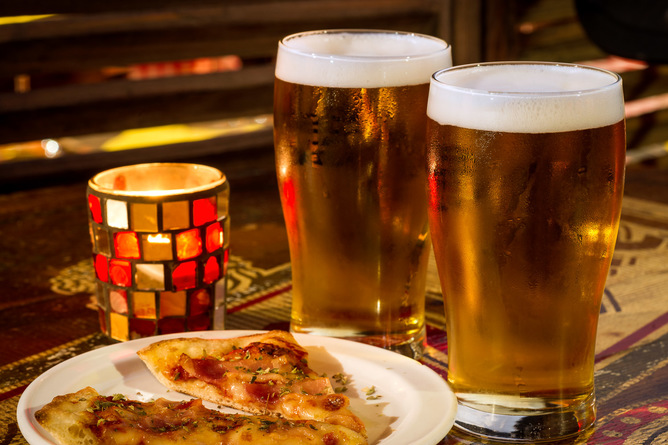 Correlation: Sitting Is Bad For Your Health And Exercise Won't Help
Correlation: Sitting Is Bad For Your Health And Exercise Won't HelpAdvances in technology in recent decades have obviated the need and desire for humans to move....
 It's About Calories, So Kimchi Is Not A Weight Loss Superfood - But You May Eat Less
It's About Calories, So Kimchi Is Not A Weight Loss Superfood - But You May Eat LessFermented foods have become popular in recent years, partly due to their perceived health benefits....
 Beekeepers Are Wrong About Overwinter Hive Behavior
Beekeepers Are Wrong About Overwinter Hive BehaviorHoneybees in man-made hives may have been suffering the cold unnecessarily for over a century because...
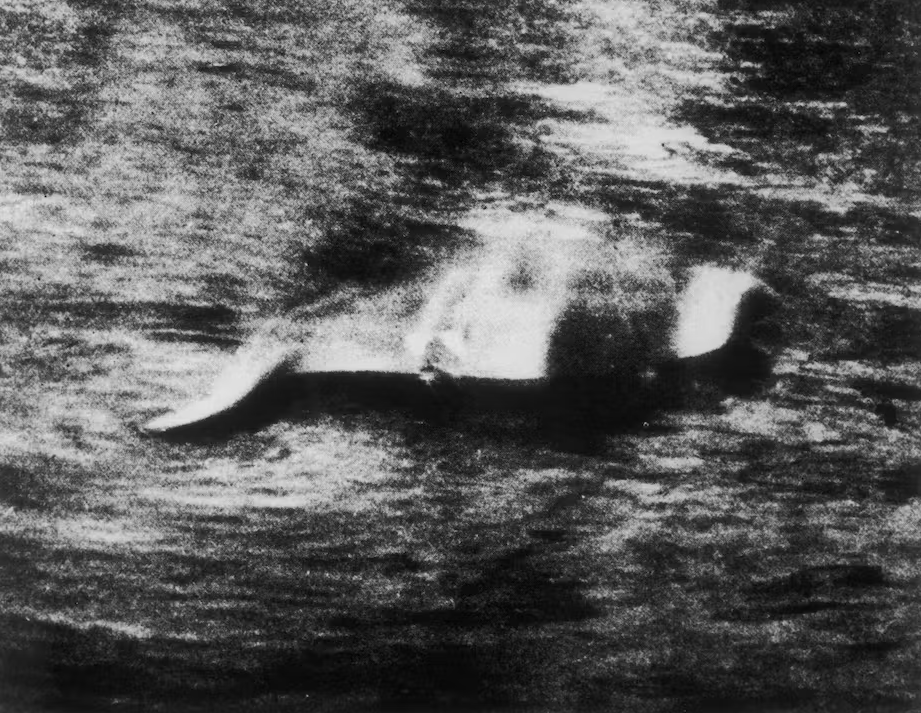 Why Does Anyone Still Search For The Loch Ness Monster?
Why Does Anyone Still Search For The Loch Ness Monster?Hugh Gray was taking his usual post-church walk around Loch Ness in Scotland on a November Sunday...




 The Large Hadron Collider is probably the world’s most famous science experiment. The 27 km-long ring-shaped particle accelerator beneath the edge of the Alps grabbed the world’s attention in 2013 when it proved the existence of the Higgs boson particle. This helped physicists confirm that one of their key theories about the way the universe worked was correct – a huge step for science.
The Large Hadron Collider is probably the world’s most famous science experiment. The 27 km-long ring-shaped particle accelerator beneath the edge of the Alps grabbed the world’s attention in 2013 when it proved the existence of the Higgs boson particle. This helped physicists confirm that one of their key theories about the way the universe worked was correct – a huge step for science. 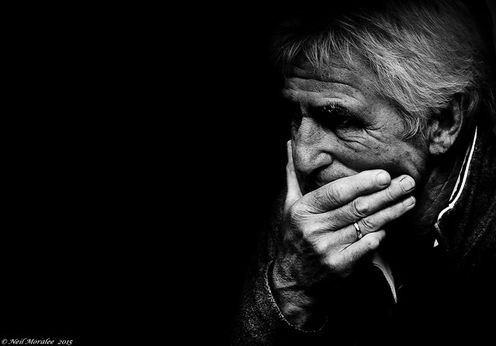
 It is 5 years since the potential of social media was considered limitless. Not only was social media revolutionary, but it was literally capable of bringing about revolutions such as the uprisings of the “
It is 5 years since the potential of social media was considered limitless. Not only was social media revolutionary, but it was literally capable of bringing about revolutions such as the uprisings of the “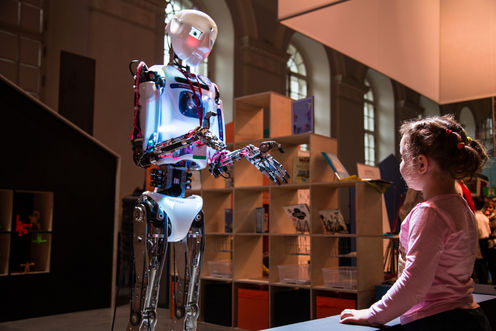
 Imagine your child requires a life-saving operation. You enter the hospital and are confronted with a stark choice.
Imagine your child requires a life-saving operation. You enter the hospital and are confronted with a stark choice.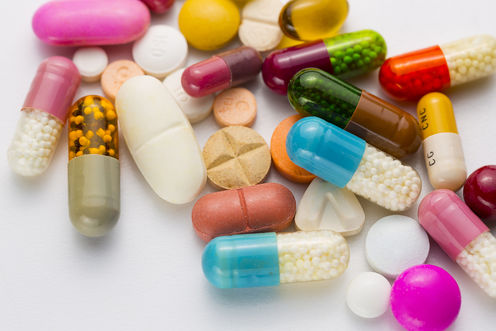
 Doctors typically prescribe several drugs to patients with mental health conditions in order to treat the various symptoms. For example, a person with bipolar disorder may be prescribed one drug to treat mania and another to treat depression. But there’s limited evidence on how combinations of drugs interact, or how diet and nutrition influence their effects.
Doctors typically prescribe several drugs to patients with mental health conditions in order to treat the various symptoms. For example, a person with bipolar disorder may be prescribed one drug to treat mania and another to treat depression. But there’s limited evidence on how combinations of drugs interact, or how diet and nutrition influence their effects. 